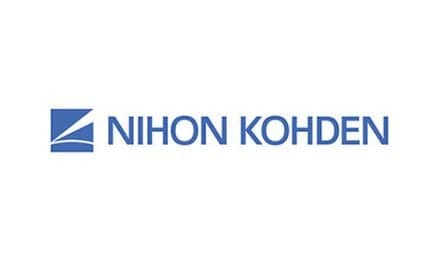
Q: Why is the industry beginning to take notice of SET and appreciate the technology now?
A: We are pleased that Masimo SET pulse oximetry has been recognized for the quality it represents. I believe the industry is taking notice of Masimo SET for precisely the same reason that these prestigious organizations have recognized it: the innovation and superior performance it represents.
Q: In what application has SET made the biggest difference?
A: Really with the patients who most need monitoring—high-acuity patients who are poorly perfused and/or moving. Often, they represent the highest risk for the hospital, and accurate SpO2 monitoring thus becomes even more important for the clinicians who are caring for them. But our biggest satisfaction is what we have been able to do for the babies. A new study shows that eye damage can be reduced to zero from the national average of 12%.
Q: What area of respiratory therapy continues to be the greatest challenge?
A: RTs continually need to focus on quality patient care, often with decreased time spent with each patient because of reduced staff.
Q: What can RTs do about the staff shortage problem?
A: RTs can utilize new technology (such as Masimo SET) to increase their efficiency as they care for their patients. Studies have shown that using Masimo SET instead of conventional pulse oximetry has increased caregiver efficiency and decreased potential for latent errors; aided in weaning from mechanical ventilation; and decreased time to wean to lower O2 concentrations and reduce frequency of ABG analysis.
Q: What can RT readers expect from Masimo in the future as far as innovation goes?
A: I think if you look at what we have done with pulse oximetry—making it accurate and reliable—and extrapolate that to other noninvasive monitoring, you can develop an idea of things to come.








